What Are Conventional Loans?
Are you dreaming about your future home? If you’re shopping for your dream home you’ve probably been thinking about your mortgage options. At this point you have probably heard of a conventional loan or perhaps even had one recommended to you. The conventional loan is the most popular mortgage option. In the first quarter of 2018, 74% of all new home sales were financed using a conventional loan. But what is it and how does a conventional loan compare to other loan options?
What is a Conventional Loan?
A conventional loan or conventional mortgage is a home loan that is not backed or guaranteed by a government entity. Instead, these loans are backed by private entities. These entities are private lenders such as banks, credit unions and mortgage companies. As you compare mortgage options there are several types of conventional loans you will come across. Let’s take a look at the most common conventional loans:
Conforming Conventional Loans
These loans follow the standards of Fannie Mae and Freddie Mac. Fannie Mae and Freddie Mac are government-sponsored enterprises that purchase mortgages from lenders. These standards include limits on maximum loan amounts. In 2019, the standard limit for single family homes was $484,350. Some high cost areas may have limits as high as $726,525. Conforming loans require that you have a debt-to-income ratio below 50% and a credit score of 620 or higher.
Jumbo Conventional Loans
Jumbo loans have higher loan limits than conforming conventional loans. Due to the high limits on loan amounts, Jumbo loans require a higher credit score. Typically, a credit score of at least 700 is required. You will also likely need a large down payment and low debt-to-income ratio. Even with those things you may still have a higher interest rate with this type of loan. High interest rates are due to high risk for lenders due to the size of these loans.
Portfolio Loans
Portfolio loans must also meet the requirements and standards of a Fannie Mae or Freddie Mac Loan. However, these loans are kept by the lender rather than being sold. This type of loan has flexibility in underwriting. Lenders may be able to work around a high debt-to-income ratio or low credit score. Portfolio loans have higher interest rates and less protections than what is offered through conforming loans.
Subprime Conventional Loans
If your credit score is below what is required for a conforming loan you may qualify for a subprime loan. This may allow you to purchase a home without having to wait to correct issues with your credit score. However, this also means interest rates and closing costs are typically high. It is always better to enhance your credit before pursuing a mortgage of any type.
Amortized Conventional Loans
Amortized conventional loans may have fixed or adjustable interest rates. These loans are fully amortized. Borrowers have a set monthly payment throughout the entirety of their loan. There are no balloon payments with this type of loan.
Adjustable Conventional Loans
Typically, an adjustable conventional loan has the same interest rate for anywhere between three and ten years. After that time period the interest rate can adjust based on the current market averages every year. The interest rate is typically low in the beginning but can be lower or higher later on depending on market averages.
Conventional Loans vs Government Backed Loans
Government loans include options like FHA Loans and VA Loans. FHA loans are backed by the Federal Housing Administration. These loans require at least 3.5% down. You will also be required to pay a mortgage insurance premium (MIP) as part of your monthly mortgage payment. MIP is used to pay lenders if you default on your loan. VA Loans are backed by the Veterans Administration. For a VA Loan you must be a previous or current member of the Armed Forces or National Guard. A VA loan requires no down payment. However, you must pay a one-time funding fee, which typically ranges from 1%–3% of the loan amount.
Conventional Loans put risk on the lender if you default. If you default the lender will recoup as much as possible of your remaining loan balance. This is done through home foreclosure or a short sale process. Due to this risk private mortgage insurance (PMI) is required until 20% or more of the home is paid for.
Benefits
Conventional loans offer flexibility. There is flexibility in qualifying factors and in how the loan is paid. Down payments typically start as low as 3% and the term of the loan is negotiable. Low interest rates and fast loan processing also make these loans particularly appealing. The important thing to realize regarding these traditional mortgages is that all lenders are different. Every lender has different standards that borrowers have to meet in order to qualify for a loan. Some lenders will only accept credit scores over 700. Others will accept credit scores lower than 500. Working with an experienced mortgage broker can help you determine which lender is right for you and your financial situation. Peoples Choice Mortgage can help you review your mortgage options and find the right loan for you.

